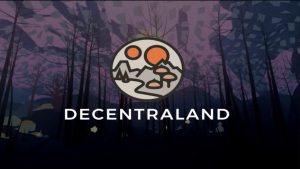To understand what a non-fungible token is one must understand what the word “fungible” means.
Fungible — according to business dictionary — means that something is interchangeable. An example of a fungible asset is the USD. One dollar is worth just as much as any other one.
Just like the dollar — also Ethereum, Bitcoin, Litecoin and most other cryptocurrencies and tokens are fungible.
Non-fungible tokens aren’t like currency.
They aren’t interchangeable. An excellent example of non-interchangeable tokens are the ERC-721 tokens of the CryptoKitties. Every one of those tokens represents a different CryptoKitty with its attributes and value.
This example also presents the potential of non-fungible tokens for the tokenization of collectibles or physical assets.

ost non-fungible tokens are implemented as ERC-721 tokens on the Ethereum Blockchain. According to hackernoon “non-fungible tokens create digital scarcity that can be verified without the need for a centralizing organization to confirm authenticity.”
Sure, digital collectibles aren’t new, a good example are items in the Team Fortress game, which have quite some value. What’s new is that the scarcity and uniqueness of items with ERC-721 are provable.
Another notable project
While it is the most well-known one, CryptoKitties isn’t the only project relying on ERC-721 and non-fungible tokens. Decentraland uses such tokens to tokenize virtual reality land on the Ethereum blockchain.

In the case of this project, the tokens ensure that no one can limit what a user can do with his land or take it away from him.
Bottom line
In a blockchain environment ownership is enforced by a private key, this essential property of such systems has broad implications that still need to be demonstrated in the real world.
If cryptocurrency and tokens have the potential to enforce and secure the personal ownership of money and interchangeable assets, non-fungible tokens can do the same for unique assets.



